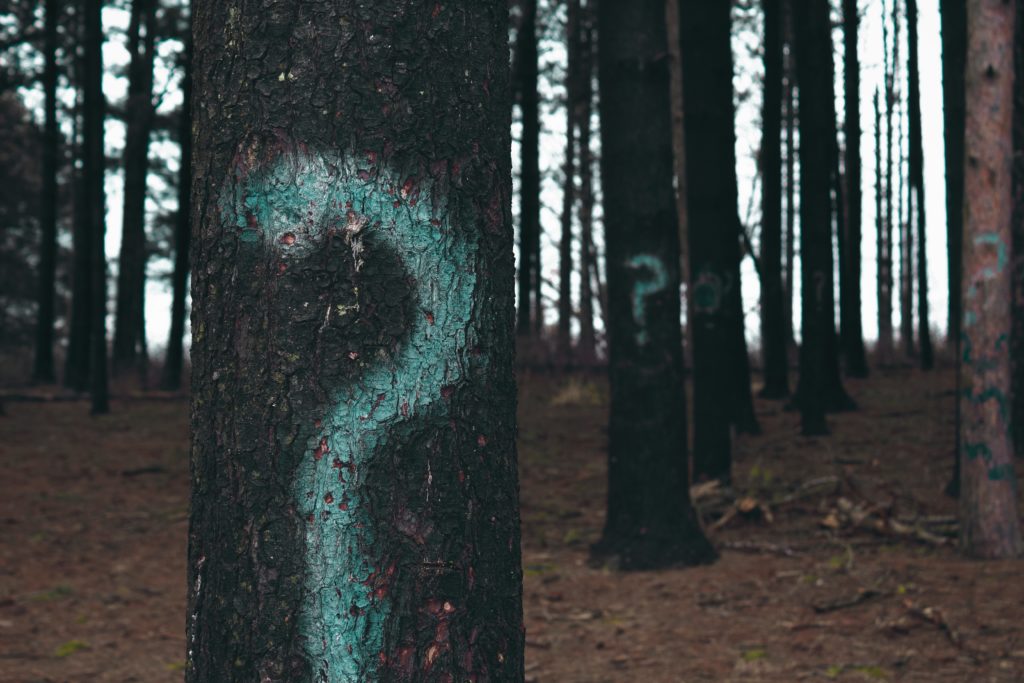 13 Reasons Why Exposes Powerful Questions About Life
13 Reasons Why Exposes Powerful Questions About Life
by Dr. Bill Clark
The past few weeks we have been walking through a series entitled, Reasons to Engage, focused on the popular Netflix series, 13 Reasons Why. (Read the series).
The show captured something (the risk, the drama, the danger, the power) of the current adolescent culture. It’s estimated that millions of kids, ages 10 and up, have watched and resonated in some way. That many kids becomes a number that screams at us— “There is something here!”
Many kids were compelled to spend 13 hours doing something behind their parents back— lying about it if need be. Kids are identifying with it—young kids, “normal” kids, church kids, innocent kids, aware kids, depressed kids, hurt kids. That fact alone should capture us and make us ask ourselves, “What is it about this story/show that is so compelling?”
Kids are identifying with the show. That fact alone should capture us.
Reason #2 to Engage: Art reveals, captures or exposes something for us to feel, see, and know. Like all powerful stories, this one asks many key questions about life but offers only human answers that fall short. Exposing these questions could help some understand the Gospel better.
It is important to note, that this is NOT 50 Shades of Grey, The Blair Witch Project, or Kurt Cobain’s life story. It is not a perverse, or strange, or narrow sub-culture story with limited appeal. It rightly exposes suicide as a real and gut-wrenching threat–but we knew that already.
13 Reasons Why is not a perverse, or strange, or narrow sub-culture story with limited appeal.
Yet I doubt the majority of kids watch this show to see or understand, or “embrace” suicide as a good (or only) alternative to life, as painful as it may be. In fact, the show powerfully demonstrates both how someone could end up in so much pain and hopelessness that they would take their life. And more importantly, what we can all do to make suicide (and other acts of violence, revenge, blame shifting, etc.) less likely.
The show highlights adolescent experiences of insecurity, awkwardness, bullying, cowardice, deception, ambivalence, and shame–themes we are all painfully familiar with. But these kids are essentially alone in this virtual hell: trying desperately to navigate relationships, desires, hurt, anger and tragedy clinging to hope.
13 Reasons Why Exposes Several Questions About Life:
- What do we do with our depravity, brokenness, and foolishness?
- What do we do with sin? Especially as we begin to see and feel the consequences of it—how can we atone or make amends for wrongdoings?
- What do we do with evil? How can we confront it? Are there degrees of evil? Are sins of omission as bad or hurtful as sins of commission?
- What do we do with those who sin against us? How do we convict, exact retribution or make them aware?
- How do we forgive?
- What do we do with death? What is worth giving up or losing our life over/for? What is our living for? Who is it for?
- Finally, how do we save ourselves? Forgive ourselves? Change?
Art as the Catalyst
 Art does this to us. It can force us to think harder, pause longer, and ask ourselves tough questions about life. Just this week, pastor, author and theologian Tim Keller posted on Facebook:
Art does this to us. It can force us to think harder, pause longer, and ask ourselves tough questions about life. Just this week, pastor, author and theologian Tim Keller posted on Facebook:
“…without art we cannot reach the world. The simple fact is that the imagination ‘gets you,’ even when your reason is completely against the idea of God. ‘Imagination communicates,’ as Arthur Danto says, ‘indefinable but inescapable truth.’ Those who read a book or listen to music expose themselves to that inescapable truth.”
While the topics of 13 Reasons Why may make us uncomfortable (more on that in Reason #1), the show does expose questions about life that are worth asking. And perhaps maybe the chance to expose these questions to a first-time “asker.”
The show does expose questions about life that are worth asking.
Answers Revealed in the Series
Oddly, the series’ answers are provided through the lens of Hannah Baker, the likable girl who makes the tapes and eventually takes her life. Her character comes off as larger than life a “presence” that is both knowing and challenging.
She is at times an innocent and hopeful “new girl” trying to make friends and navigate typical adolescent stages (especially early in the story). She is also a repeated victim of, or eyewitness to, both evil and the self-protection of others.
Thirdly, she is the crafty mastermind behind a complex and powerful plan to expose 13 individuals in an effort to force them to face themselves. She wants them to change. At times, her character comes off as supernaturally omniscient and convicting: aware of events, decisions and motives in the hearts and minds of everyone she exposes, both before and after her death!
Lastly, the 17 year old is almost a martyr, ultimately sacrificing herself in the hope it will prompt real change in others or at least draw attention to the cruel realities in their community. In the last episodes, we do see several of the characters begin to “do the right thing” suggesting that Hannah’s death was not in vain.
The Quest for Real Answers
But the value here lies not in trying to answer these questions about life completely from mankind’s perspective. The value in exposing these questions is that they encourage people to find real, soul-satisfying answers to their questions. Answers that transcend our human reasoning. Answers that are outside of ourselves. Answers that only God can provide.
Surprisingly, the show powerfully illustrates the need for “the work of God,” the essential thing humans need but are unable (and largely unwilling) to do for themselves.
Please leave any questions you have or comments below.

